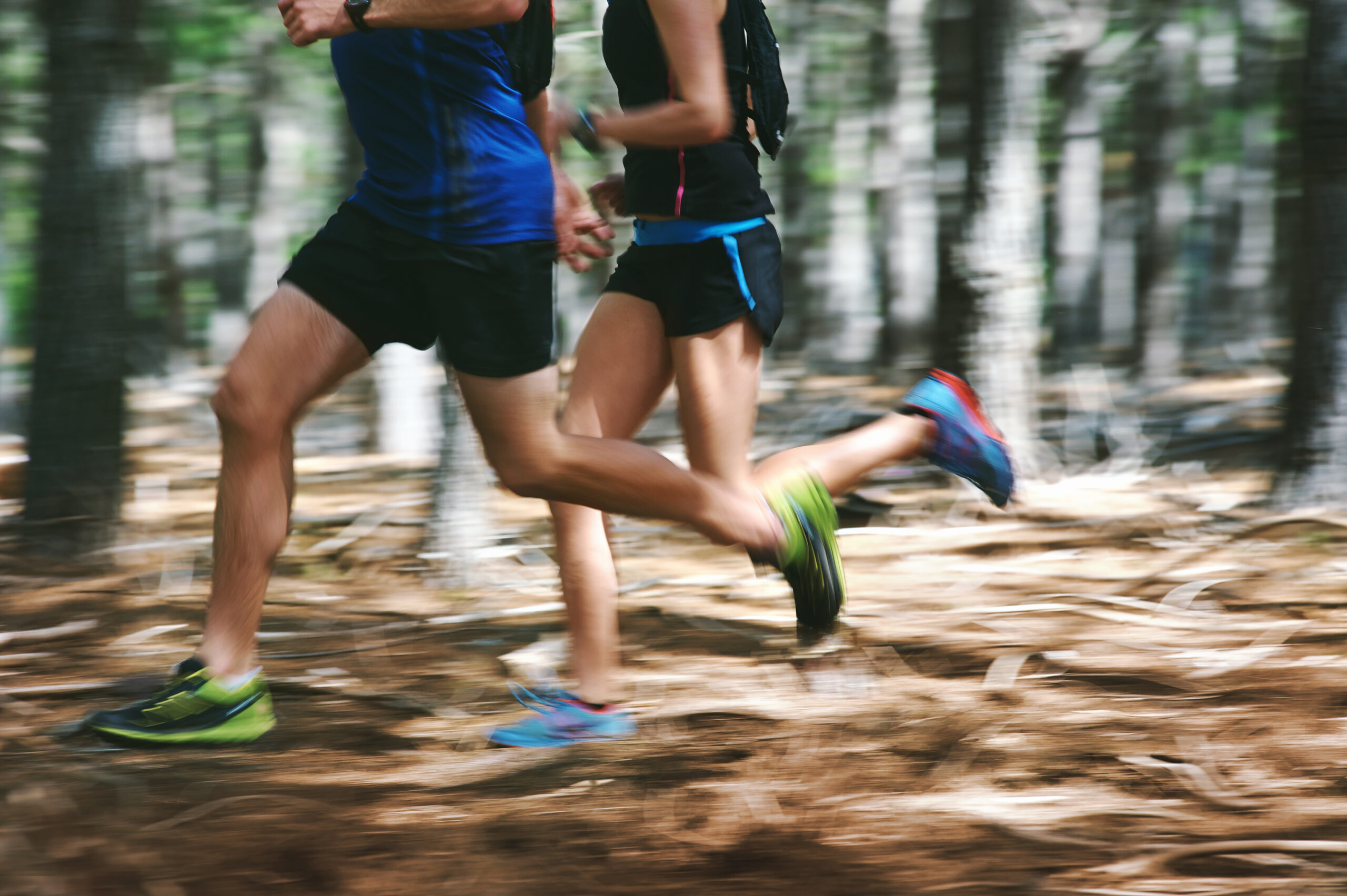
Feel sick when trail running?
Trail running is a sport with factors at play – fitness, terrain, nutrition, hydration, and safety. Motion sickness is a common problem that affects many people, and it can be especially challenging for trail runners who are constantly moving, changing directions, and focused on watching their foot placement. I have helped a number of runners that have sort my advice on their nutrition strategy assuming it was the cause of their nausea – but it has turned out to be motion sickness. A great test is to see if the symptoms occur when you run on the road – if motion sickness is the issue, it typically won’t occur on a road run, as you tend to look up and ahead rather than at your feet.
What is Motion Sickness?
Motion sickness is a condition that occurs when your brain receives conflicting signals from your eyes, ears, and other sensory organs. This can happen when you are in motion, such as when you’re running or a passenger in a car, and your body is experiencing movement, but your eyes are fixed on a stationary object, such as a trail or a dashboard. The resulting confusion can cause symptoms such as nausea, dizziness, and vomiting.
Causes of Motion Sickness in Trail Running
There are several factors that can contribute to motion sickness in trail running. One of the most common is the uneven terrain that is typical of trail running. As you run up and down hills, stairs, and natural obstacles on the track your body is constantly shifting and changing directions, which can lead to conflicting signals in your brain. It tends to occur more on technical or single track trails where you are looking down and focussed on your foot placement, and enclosed by a canopy, rather than open fire trails where you are able to look up at the horizon more often.
Another factor is dehydration. When you are dehydrated, your body produces less saliva, which can make you more susceptible to motion sickness. Dehydration can also lead to electrolyte imbalances, which can cause nausea and other symptoms.
Symptoms of Motion Sickness in Trail Running
The symptoms of motion sickness in trail running can vary from person to person, but some of the most common include:
- Nausea
- Dizziness
- Vomiting
- Headache
- Fatigue
- Sweating
Prevention of Motion Sickness in Trail Running
Fortunately, there are several things you can do to prevent motion sickness in trail running. One of the most important is to have a good nutrition strategy to stay hydrated and fuelled. It is important that you understand your sweat rate and sodium needs, and ensure that you also have enough fuel on board, and consuming additional carbohydrates if you are running longer than 90 minutes.
Another tip is to focus on your breathing. Taking slow, deep breaths and focus on the exhalation can help reduce anxiety and stress, (and less production of adrenaline) which can in turn reduce your risk of motion sickness.
Choosing a trail that has large sections of wide open fire trail can also help, and focus your sight up towards the horizon as much as you can during your run – this can be very challenging on technical trails !
You can also try using acupressure bands, which are wristbands that apply pressure to specific points on your wrist to reduce nausea. There are also over the counter (OTC) medications that prevent motion sickness which may be required for some people. Bands and medications can be found at most pharmacies and are a simple and effective way to prevent motion sickness.
Motion sickness can be a frustrating and uncomfortable problem for trail runners, but once identified as the problem it can be managed. By having a good nutrition plan, focusing on your breathing, and using acupressure bands, and looking up as much as possible you can reduce your risk of motion sickness. If you continue to experience symptoms despite these preventative measures, you can try OTC medication. If the symptoms persist it is important to speak with a healthcare provider to rule out any underlying conditions.

